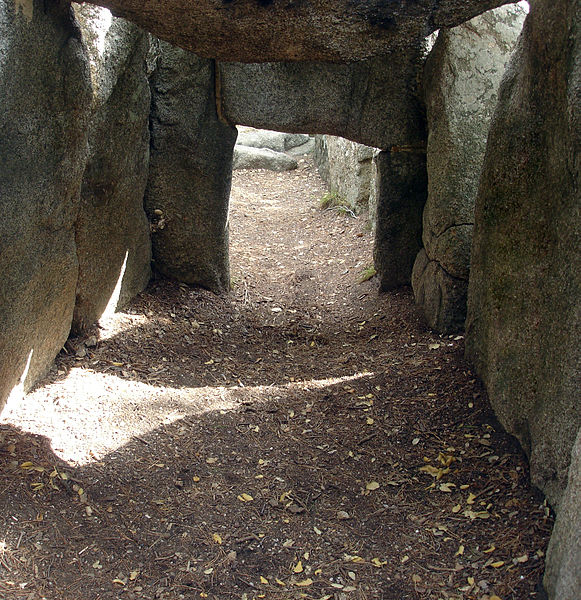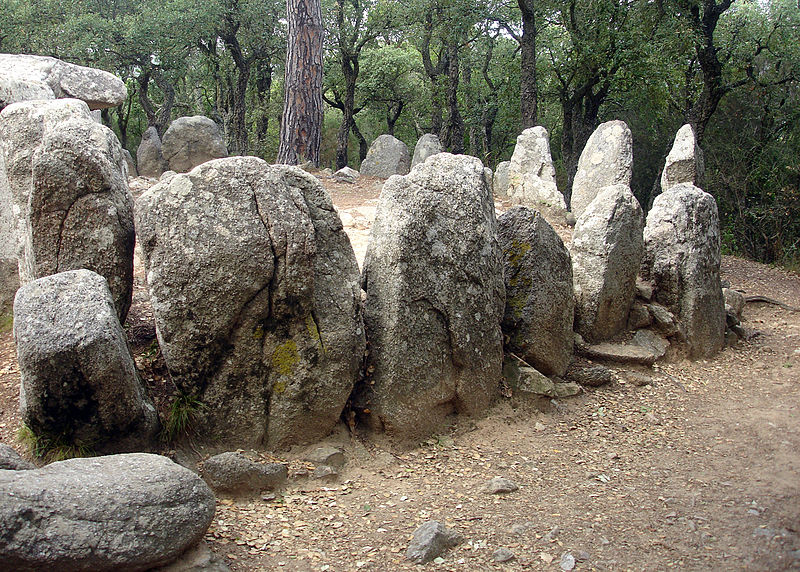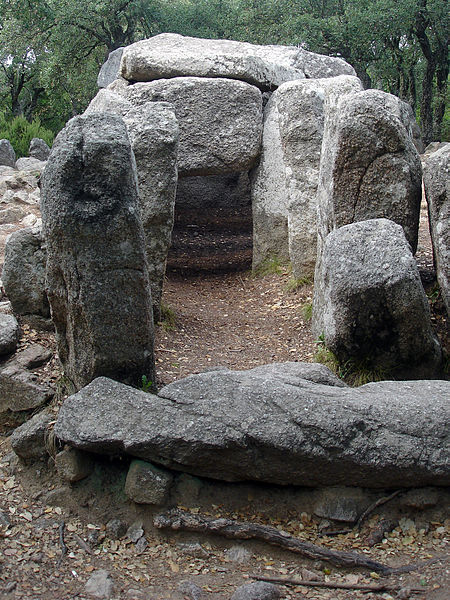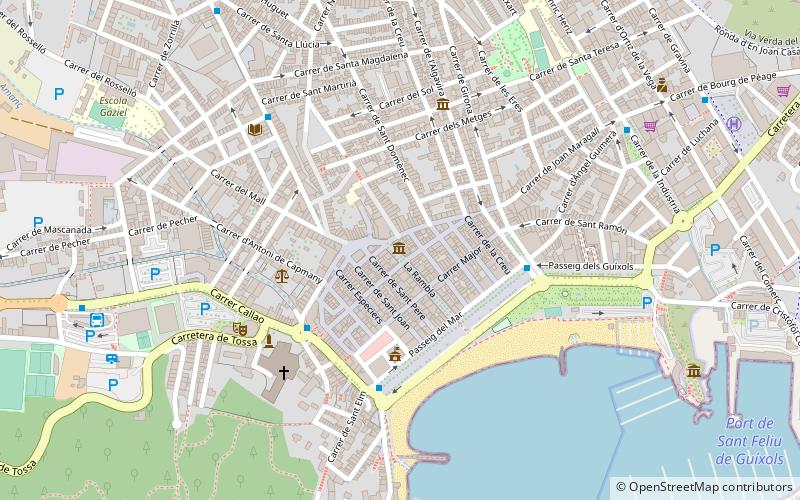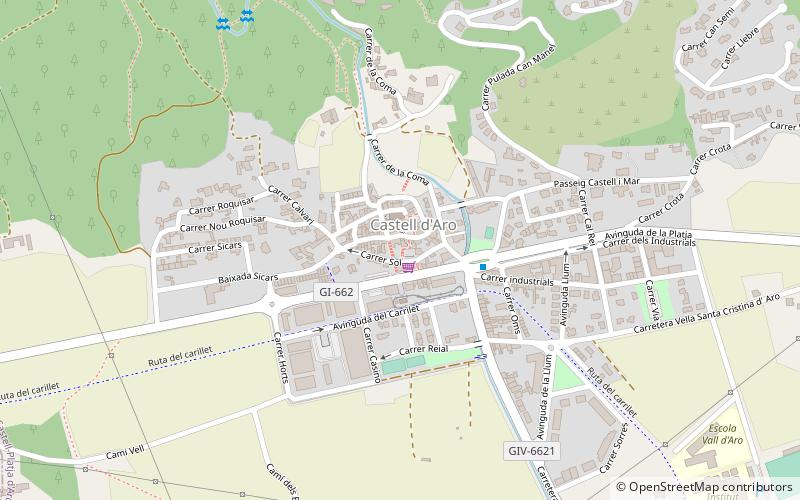Cova d'en Daina
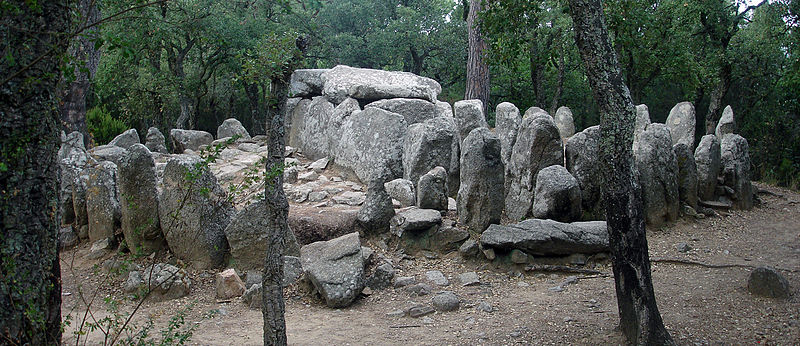
Facts and practical information
Nestled in the lush landscapes of Catalonia, Spain, the Cova d'en Daina stands as a testament to the prehistoric past. This archaeological site, located near the village of Romanyà de la Selva, is a significant example of a megalithic dolmen, dating back to between 2700 and 2200 BCE.
Cova d'en Daina is a large and well-preserved chamber tomb, characterized by its large capstone, which rests upon upright stones creating an enclosed space. This ancient burial site was once covered by a mound of earth, forming a tumulus that has since eroded away, leaving the stone structure exposed. The site was excavated and restored, making it easily accessible for visitors who wish to connect with the Neolithic era.
The dolmen itself is an impressive structure, with the large slab, known as the capstone, measuring over 3.5 meters in length and supported by several vertical megaliths. The chamber, which once served as a collective burial place, provides insight into the rituals and beliefs of the communities that inhabited the region over 4,500 years ago.
Visitors to Cova d'en Daina can explore the site and marvel at the engineering skills of prehistoric peoples. The site is not only an important cultural heritage landmark but also offers a picturesque setting amidst the Catalan countryside, making it a popular spot for both history enthusiasts and nature lovers.
Cova d'en Daina – popular in the area (distance from the attraction)
Nearby attractions include: The Maritime Rescue Museum, Parc d'atraccions Giravolt, Monestir de Sant Feliu de Guíxols, The Toy Museum.


